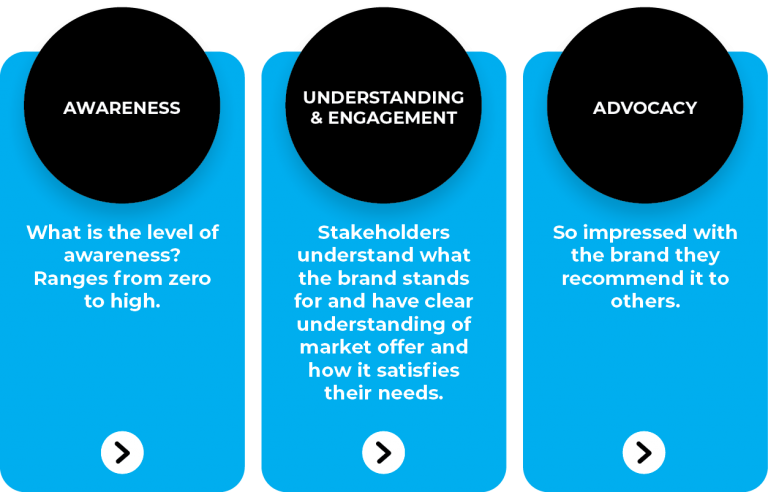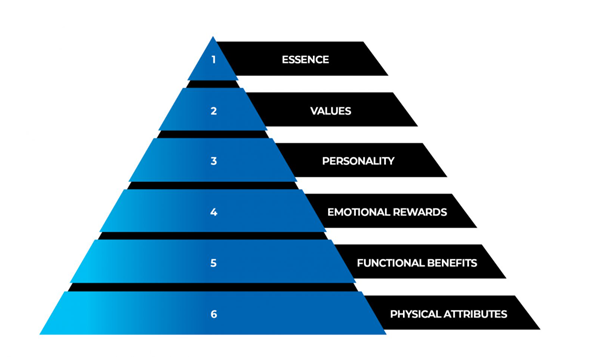How to create a B2B Brand Strategy
One of a company’s greatest assets is its brand. A brand gives a business its identity and helps shape customers’ perceptions and connections to that company’s products or services.

One of a company’s greatest assets is its brand. A brand gives a business its identity and helps shape customers’ perceptions and connections to that company’s products or services.

A brand gives a business its identity and helps shape customers’ perceptions and connections to that company’s products or service.
One of a company’s greatest assets is its brand. A brand gives a business its identity and helps shape customers’ perceptions and connections to that company’s products or services. It’s little wonder then that businesses invest heavily in nurturing and growing their brands, and then monitoring their brand to ensure that they continue to reflect the intent and positioning of the organisation.
For most companies, there’s a goal of growing the brand and fostering stronger connections with existing users and prospective customers, by moving from awareness of the brand, to being more engaged as passionate users and advocates.
There is a massive difference with regards to project activities and goals between low/no and high awareness brands. Think of the brand strategy goals and activities between a new Chinese entrant in earthmoving equipment and CAT.

Every B2B branding strategy project needs to commence with having a deep understanding of the current situation.
So, we need to engage the target audience and other stakeholders – staff, resellers, influencers etc, to understand what’s important to them so we ensure our B2B brand strategy aligns with the target audience. It’s a waste of marketing effort and money promoting a value proposition that has no appeal to your target audience.
We do this research phase through whatever means suit each project and this typically includes;
In this research phase we would also typically review customer touchpoints like collateral, reference materials, digital assets and store/dealership outlets.
Once the research has been undertaken and reviewed, the next step is to define the brand.
A number of frameworks can be used for building out and defining the brand – one useful framework is the brand identity pyramid. As you can see in the below illustration, the brand pyramid lists key attributes of the brand under a number of categories including: Essence, Values, Personality, Emotional Rewards, Functional benefits and Physical Attributes.
What do people think when they see the brand/what do you want them to think when they see the brand?

With all the brand’s defining characteristics and attributes now in hand, we can proceed to develop the brand statement, drawing on the themes from the brand pyramid and value proposition.
A brand statement is a short, one or two sentence summary of what the company does, how it does it, and what makes the way the companies goes about its business unique. Quite simply, it’s like an elevator pitch to tell a customer what the business is all about.
It should answer – why is your product or service different to your competitors and why should the audience care. Does your value proposition satisfy their needs?
The next phase involves communicating the brand message to the desired audiences.
In developing the creative approach, a brand should set its sights on:
The creative process will go through iterations of messages and key statements to distil the idea into a key thought.
The big creative thought must be large enough to extend across all of the key target audiences. For B2B this means a number of roles which could be made up of: end users, resellers and distributors, specifiers and staff. The various touch points – whilst executed differently – will all align to this single-minded idea.
Author: Jachin Cush
The latest industry news, interviews, technologies, and resources.
Due to complex stakeholder relationships, B2B marketing for large building companies and industrial construction leaders can be challenging. Knowing what drives and motivates decision-makers and key opinion leaders (KOL) is crucial.
Read postI.M.A are proud to have given our support and resources to launch a funding drive for nurses at Campbelltown and Camden Emergency Departments to participate in the Advanced Paediatric Life Support training program.
Read postWe’re all ears, and we’re here to help you grow your business.